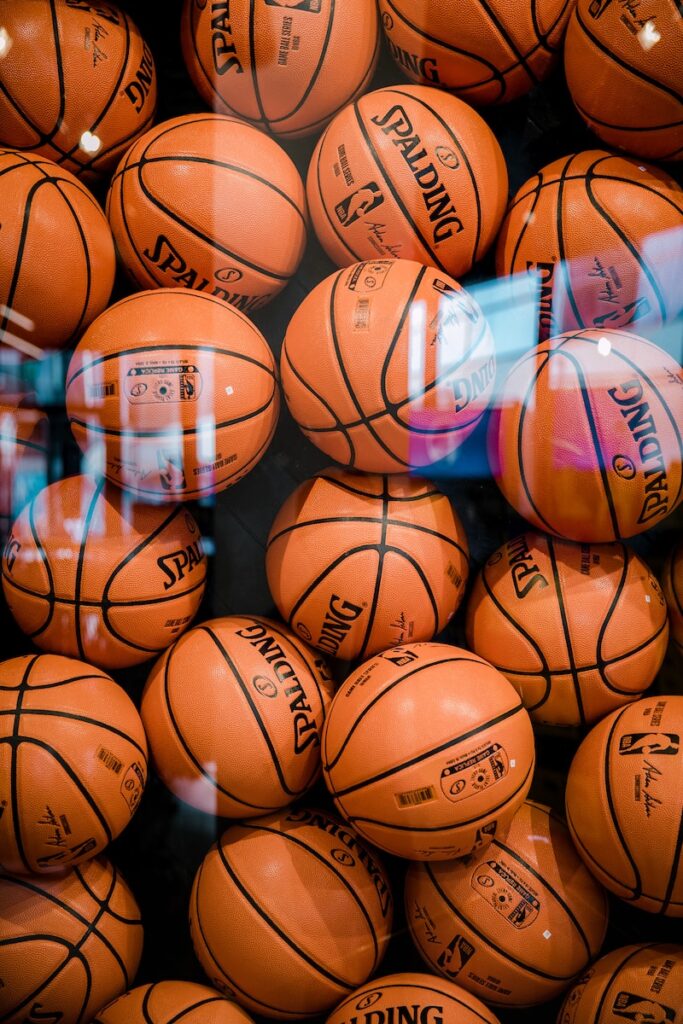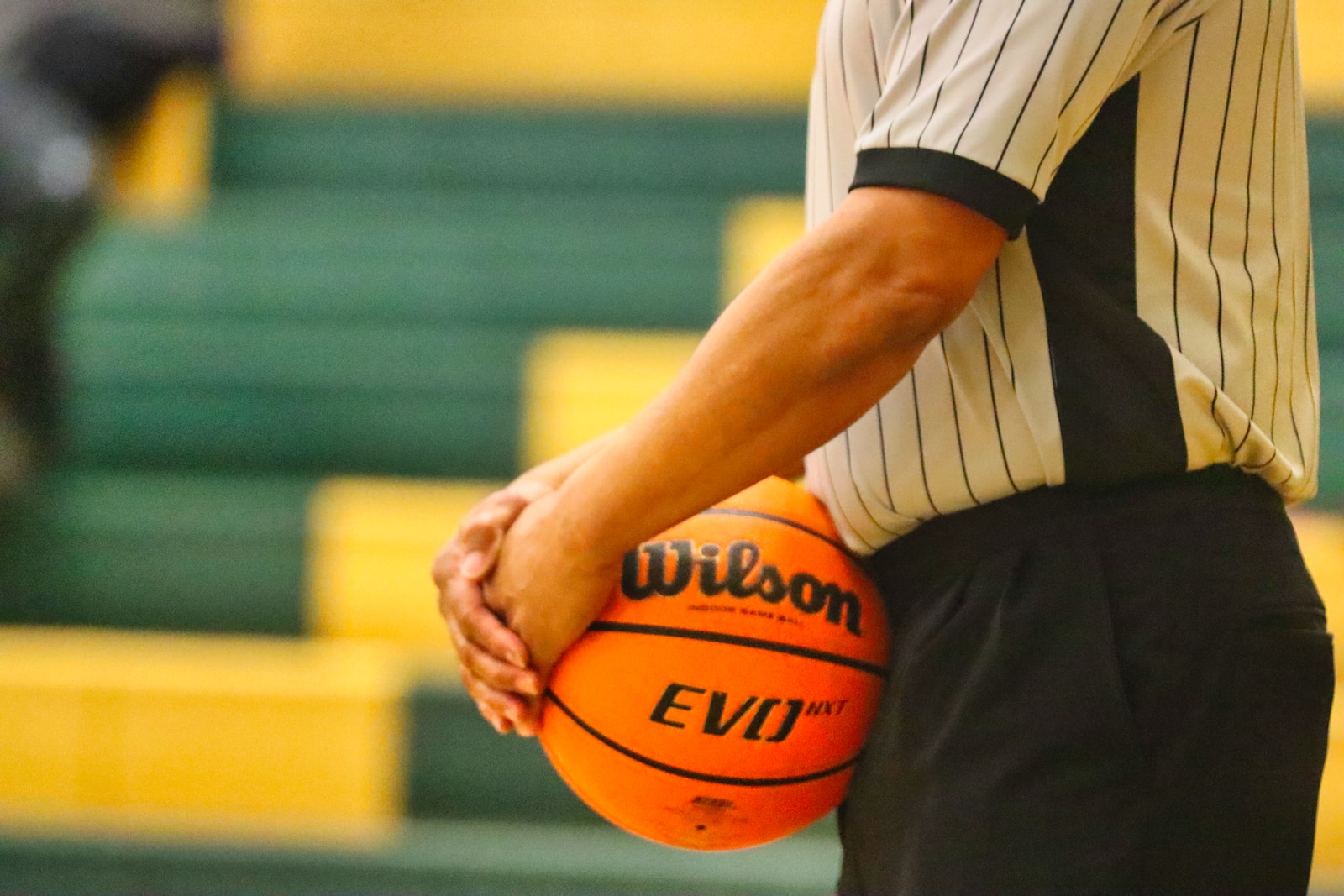Introduction
If you’re just starting to get into the sport of basketball, you might be getting a little confused as to how the inbounds pass works. See, there are a few different situations in basketball that require an inbounds pass, and the spot for that particular pass can be moved all over the court. This is what brings us to our main question, where do you get the ball after a timeout in basketball?
Assuming that your team calls a standard timeout, the inbounds pass is usually placed closest to the spot where the ball was when the timeout was taken. However, there are a few other situations which can be placed differently after a timeout. If the opposing team scores a basket, your team calls a timeout immediately. There are a few times when the coach can opt to move the ball to halfcourt to throw the inbounds pass rather than their own end. Other times, there are circumstances that allow a coach to ask for the inbounds pass behind half court so that their players have more movement capabilities.
The bottom line is that there are a lot of different circumstances that can cause variety in this question. Which is exactly what we are going to be diving a bit into here.
Confusion With The Rule
Let’s get the difficult part of this topic out of the way here first. If the game has under two minutes left to play, and the ball gets stopped due to a timeout, the coach will be given the choice to place the ball at the frontcourt hash mark, or wherever the ball came to a stop before. If the coach decides that they want to place the ball at the hash mark, they can pass it to a teammate in the front court or behind the court so that they can add on another eight second count. One thing that can’t be changed here is the sideline that the inbounds will happen at. You can’t choose a specifics sideline to inbound the ball, only whether or not you want it at the hash mark or not when there’s under two minutes left.
If a coach calls a timeout throughout the main course of the game, they can’t just go ahead and tell the referee that they want it at the half-court hash. More often than not in the NBA, coaches wait to use timeouts until play is stopped following a basket made by the other team. This just means that they inbound the ball on their own baseline like normal afterwards.
Hash Mark Choice Added For Excitement
The rule to allow coaches to move the ball to the frontcourt hash after a timeout under two minutes left is thought to have been added for excitement purpose by some. While this theory isn’t 100 percent confirmed, there are people that believe it’s still in the NBA due to the excitement these moments can bring to a game. Not to mention that it’s been around the league for so many years, that taking it out would change a good amount in how these games end.

Historically, we’ve seen so many great moments towards the end of games thanks to teams calling a timeout with little time, moving to the hashmark, then drilling a final second shot to win the game. Whether or not excitement has played a factor in this rule sticking around, it’s hard to admit that it doesn’t make the sport more entertaining.
Some Leagues Testing More Inbounds Rules
There are people out there that aren’t fans of teams being able to advance the ball up the court late in games, even with the excitement that can follow. However, many leagues prefer these types of rules because it adds more scoring and fun to their games. The Summer League has floated proposals in the past that would allow teams to inbound the basketball at the half court without even having to use a timeout, though this is just one of the many controversial proposals tossed around lately regarding this topic.
Luckily, these proposals aren’t league altering. They will alter how players and coaches operate towards the end of game, but the rest of the matchup should stay exactly the same. For example, teams will still be forced to inbound the ball wherever it goes out if it just falls out of bounds.
Ball Goes Out Of Bounds
If the basketball goes out of bounds for any reason, that is where the ball will get inbounded. Coaches are able to move the ball late in the game following timeouts, but they can’t do so when the ball just rolls out. Even if the game is in the final two minutes and the ball goes out of play, that team has to play it where it stands.
When it comes to the topic of inbounds, this is the easiest method to understand. There’s no movement from anybody else, the referees keep this one incredibly simple to understand and it’s a rule that won’t be altered anytime soon.
Calling A Timeout With None Left
This brings us to the final mention of timeouts and inbounds passes, calling a timeout when you don’t have any left. This is a sin that players and coaches should never do, mostly because they are always supposed to be looking at how many timeouts, they have left remaining in the game. However, mistakes can happen and sometimes it can slip their minds that they don’t have a timeout. When that happens, the officials blow a technical foul on the person that attempted to call a timeout, grant a free throw to the other team, and give them possession of the basketball.
We saw the young Jaden Ivey do this on the Detroit Pistons in 2022. He was struggling to inbound the ball on the final possession and didn’t want to get called for a five-second violation. Instead, he tried to call a timeout to reset the inbound, but they didn’t have any. Switching over possession ended the game for Detroit right there, with no opportunity to tie it up at that point. So, be careful when trying to call a timeout.
